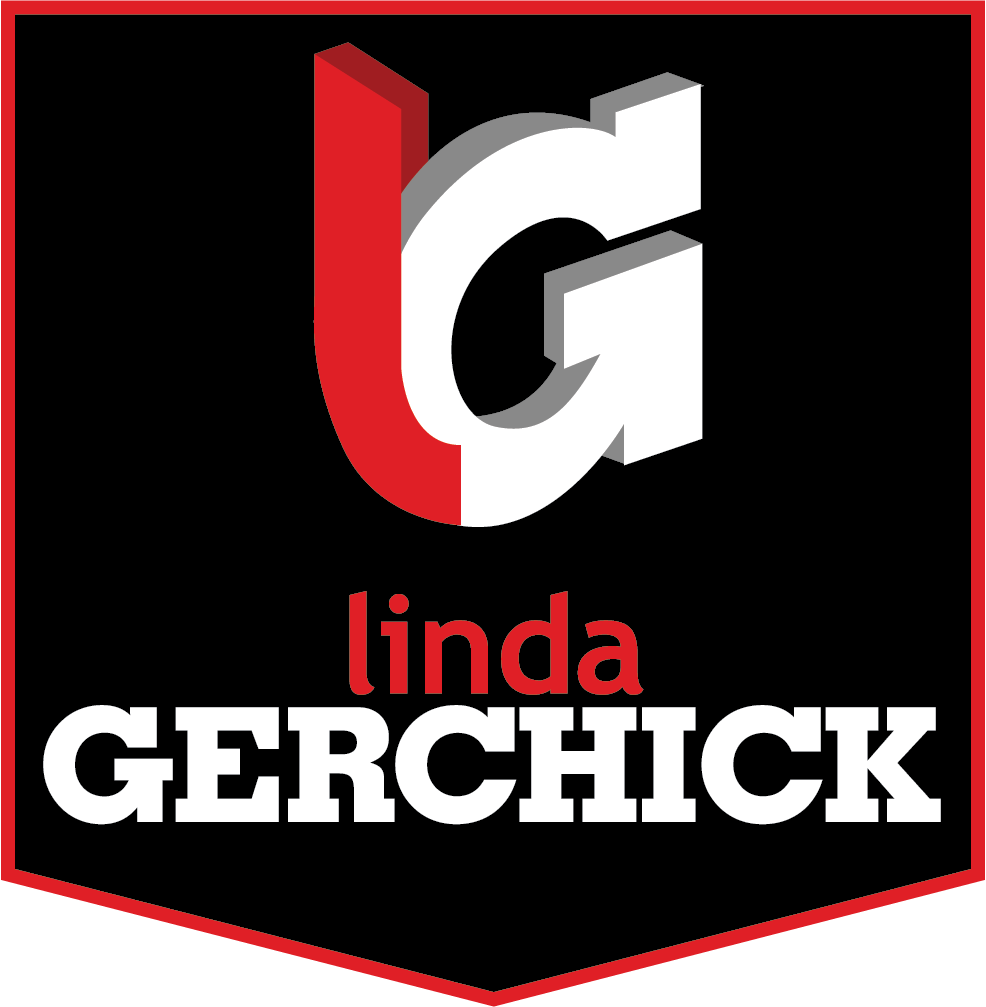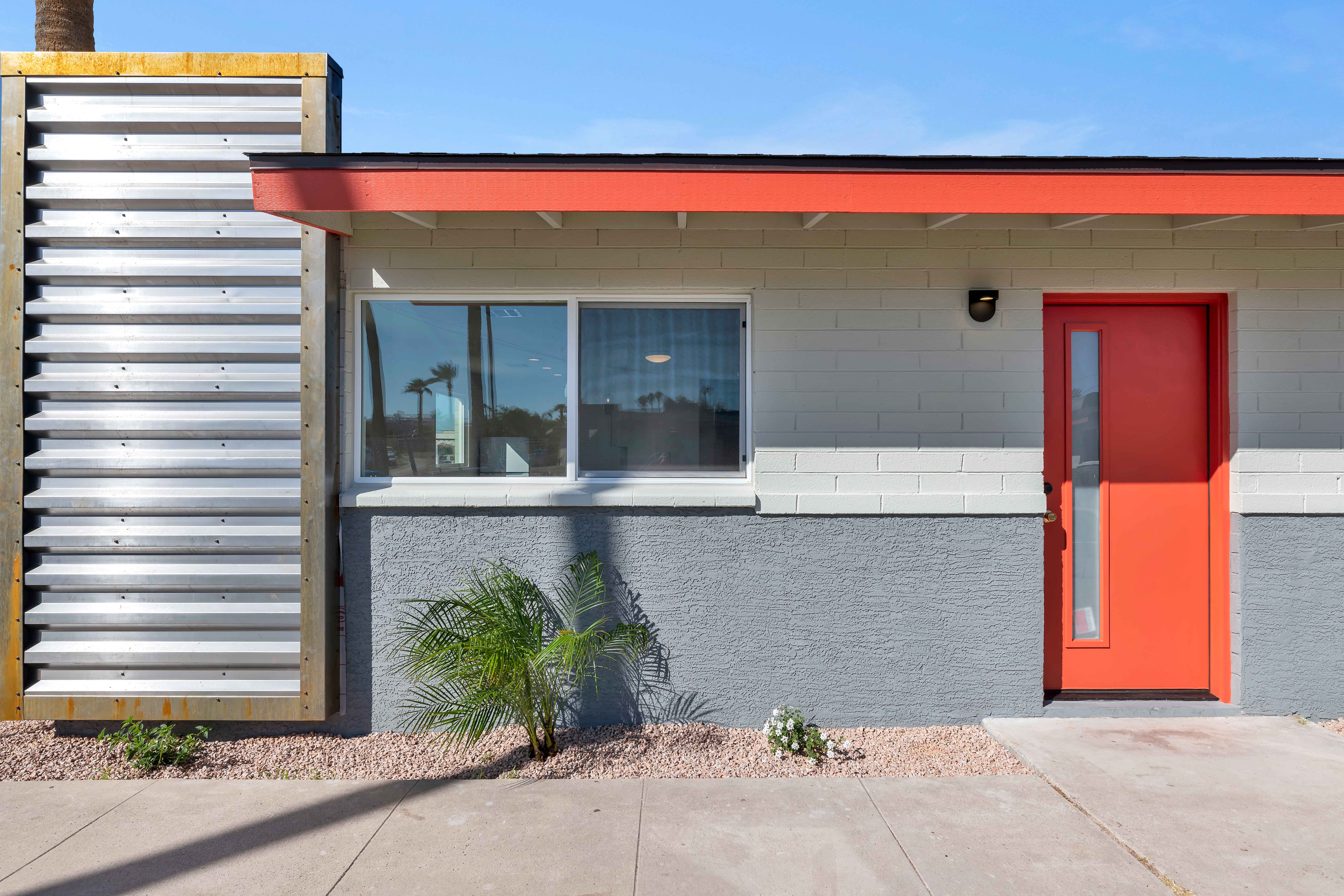V-shaped recovery in the cards?
I feel confidant in the Multifamily Market for Arizona. Most tenants are paying the rent and units are renting. Investors are buying and real estate (multifamily) prices do not seem to be dropping much if any.
Below is an article published by AZ Central.com and the Arizona State Economists
As Arizona and other states gradually reopen their economies, grim headlines will persist for months. But better news may not be far off.
Arizona State University economists are predicting a recession of three to nine months, followed by a swift recovery if consumer spending — bolstered by heavy federal stimulus — kicks in as they expect.
“We’re going to see some startling numbers,” said Dennis Hoffman, an ASU economics professor, citing what he expects will be annualized drops in national Gross Domestic Product during the second quarter of between 20% and 40% and unemployment rates for Arizona that could exceed 15%.
However, Hoffman and other speakers at an annual forecasting webinar hosted by the W.P. Carey School of Business and the Economic Club of Phoenix expect a relatively quick V-shared recovery as suppressed consumer spending and service industries rebound.
And in some ways, Arizona could emerge from the downturn well-positioned to attract further business investment and expansion.
V-shaped recovery in the cards?
After what will be a dismal April to June stretch, the third and fourth quarters “could be stronger than many people expect,” said Lee McPheters, another economics professor at ASU during the forecasting webinar.
Some forecasters worry that the national economic rebound could be slow to materialize, characterized by an L-shaped pattern, with flat economic progress after the drop. Another scenario is of a W-shaped pattern, where the economy falters again if another severe coronavirus outbreak surfaces.
But Hoffman and McPheters said they expect a V-shaped recovery, with a robust rebound. That would suggest a recession of three to nine months from a starting point in March of this year, returning the economy to normal by early 2021.
A U-shaped rebound, another possibility, would take a while longer to complete. It would get the economy back to where it was — before the outbreak occurred — sometime in 2021, possibly by the fall.
Arizona’s job losses, while severe, have been relatively muted compared to those of many other states.For example, jobless-benefit claims amounted to 14% of Arizona’s labor force from mid-March through April 25. Only 13 states had better, meaning lower, rates.
Still, the Arizona unemployment rate likely will rise from an average of 4.7% in 2019 to an average of 9.4% this year before easing to 5.5% in 2021, McPheters said. He predicted population growth will slip from 1.7% last year to 1% this year before recovering a bit to 1.4% in 2021.
For both Arizona and the nation, the rebound will be helped by the $2.9 trillion in increased federal aid, much of which has yet to kick in, McPheters said. That aid — in the form of small-business loans, stimulus payments, jobless benefits and income-tax relief — is roughly four times what was spent during the Great Recession more than a decade ago.
“By 2021, we’re expecting the economy to come back,” McPheters said.
Housing direction still unclear
Real estate is one wild card in the mix, with hotels, malls and other sectors devastated by coronavirus-related shutdowns. However, homebuilding, supermarkets, manufacturing, data centers and other property types are holding up well.
Nationally, Realtor surveys have shown a decline in buyer interest on single-family homes, yet sellers haven’t budged much on asking prices, said Mark Stapp, an ASU real estate professor. Arizona hasn’t seen much impact yet, he added, though other measures such as requests for mortgage forbearance, including payment delays, point to problems ahead.
“We’re beginning to see stress on homeowners,” Stapp said.
But several characteristics of Arizona’s property market could help the state emerge in fairly good shape and could position Arizona as a destination for more business expansions and relocations.
In terms of social distancing, for example, Stapp pointed to factors that include relatively low density in Arizona’s cities and towns, the mild dependence on public transit here, an outdoor-focused lifestyle and no major international gateway airports.
These factors present an opportunity to brand metro Phoenix as a “healthy area,” he said.
Lingering uncertainties for the future
For Arizona and the nation, all sorts of economic and societal questions remain unanswered.
How much will air travel pick up? What about large-scale gatherings, including sporting events? Will many employees continue to work at home, reducing the demand for office space? Could downtown Phoenix and other urban centers lose their luster, replaced by more vibrant suburban centers with more restaurants, entertainment and other localized amenities?
“There will be a lot of questions coming out of this, and businesses will need to make some significant decisions,” Hoffman said.
Please let me know if we can speak personally about the Phoenix Market-I have gained a GREAT deal of insight with the conversations and market research that I am doing!
602-688-9279 let me know the best time to speak!
Linda





Very timely, Linda – thanks for posting this. Let’s hope the recovery is a rapid one…and on the real estate side, I truly believe that now is a fantastic opportunity! I think there will be pent up demand issues later this year.
The Arizona real estate market is hotter than ever. Yes, there were some deals that fell out due to the uncertainty. However, more experienced real estate investors close on deals. The Arizona real estate market is strong and not looking back. More and more companies are relocating to Arizona due to a strong economy, business friendly state, affordable housing prices and no major catastrophes.
Arizona is open for business.